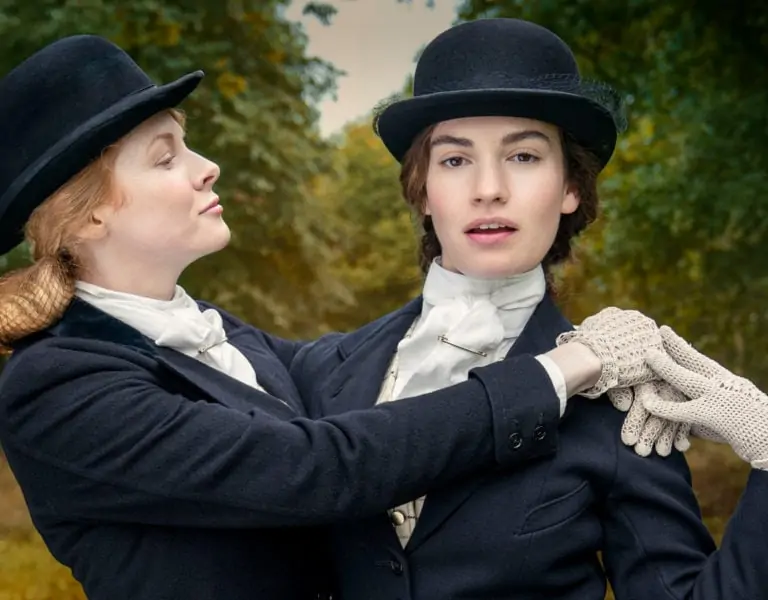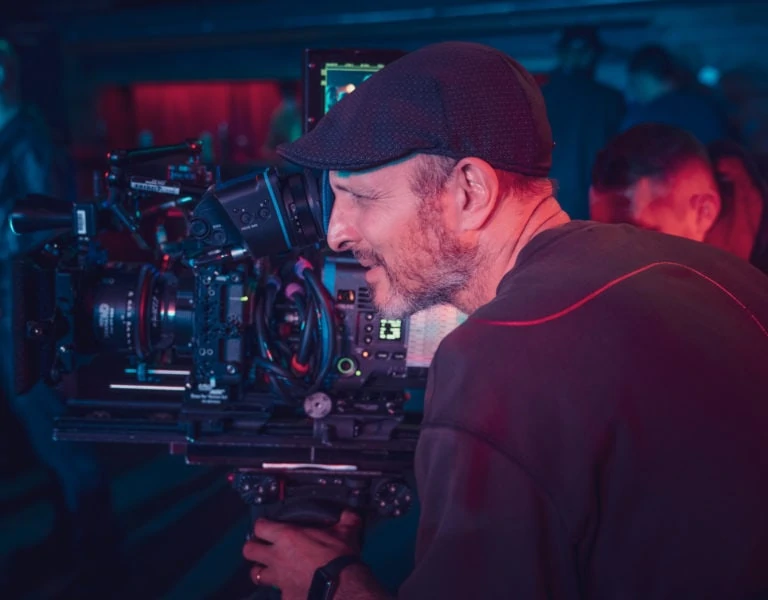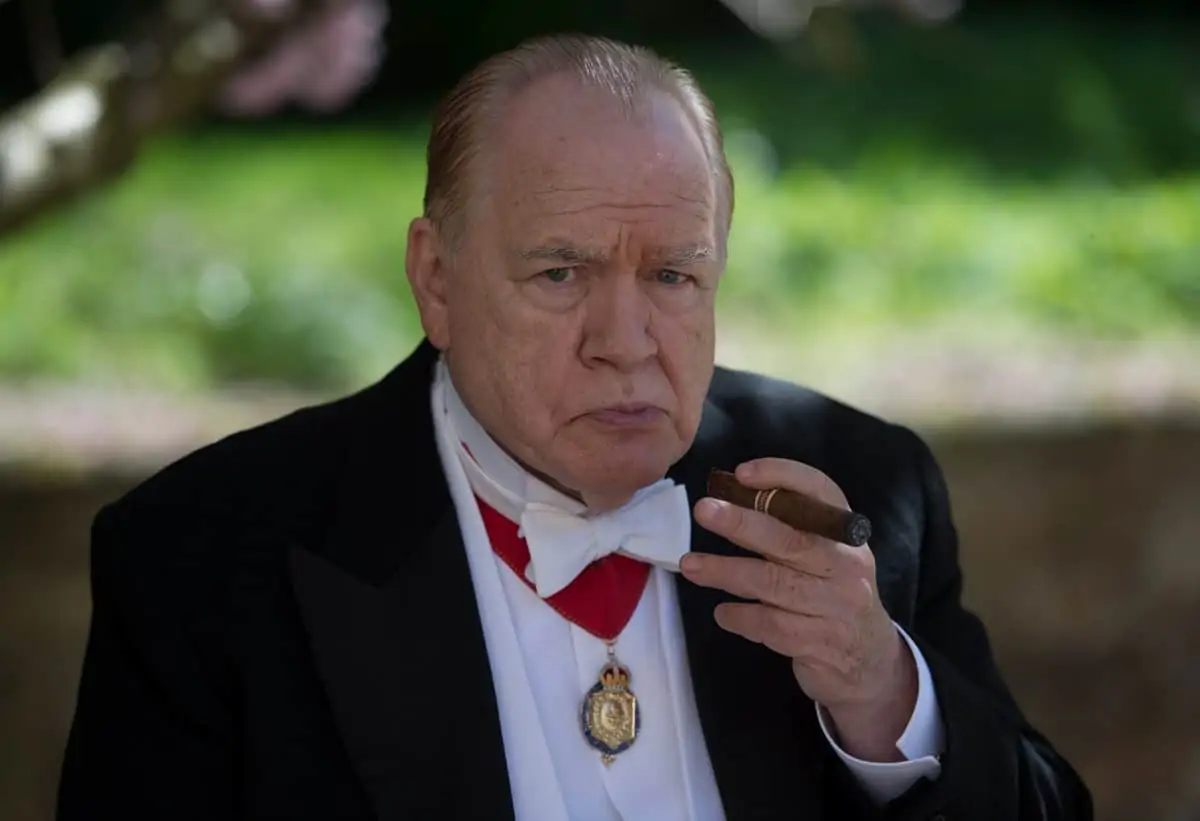Whimsical Worlds
Zac Nicholson BSC / The Personal History Of David Copperfield
![DSC00433[2] DSC00433[2]](https://britishcinematographer.co.uk/wp-content/uploads/bb-plugin/cache/DSC004332-landscape-6fcdf6384cdaf459ea04c708cd682922-5e53d9526552b.jpg)
Whimsical Worlds
Zac Nicholson BSC / The Personal History Of David Copperfield
BY: Valentina Valentini
From the very first frames of The Personal History Of David Copperfield, it is clear that the film is going to be an aesthetic feast for its audience's eyes.
The camera moves as if a character itself and visual distortions abound; filmic trickery and melding of past and present wind around the whimsical tale of young David Copperfield, based on the novel by Charles Dickens. Over the last century, there have been nearly 20 film and TV adaptations of this story, and for this one - co-written by Simon Blackwell and director Armando Iannucci, and starring Dev Patel as Copperfield - Iannucci and his Death Of Stalin (2017) collaborator, cinematographer Zac Nicholson BSC, looked to stay as true to the whimsical tale by embracing a wholly 21st-century movie.
"Rather than merely adapting the novel," says Nicholson, "Armando wanted the film to reflect the spirit of the book as a series of recollections from his childhood experiences, of changing fortunes and the shame of poverty. We talked a lot about how to visualise memories and invoke the sense of a recollection by creating abstract, shifting and changing images, similar to the way memories can be unreliable with characters - sometimes there, sometimes not - and physical objects not always what they seem to be."
Nicholson chose the Alexa XT, ARRI/Zeiss Master Primes lenses and a diffusion of black Glimmerglass, adding lots of interesting bits to his arsenal - the Lens Baby and the Mesmerizer, the Astra Milo - to blur the edges of the frame and the image to make it more abstract. Nicholson adds, "We were looking for a clear, sharp image as a starting point, that we could break down and, where necessary, blur the edges of reality."
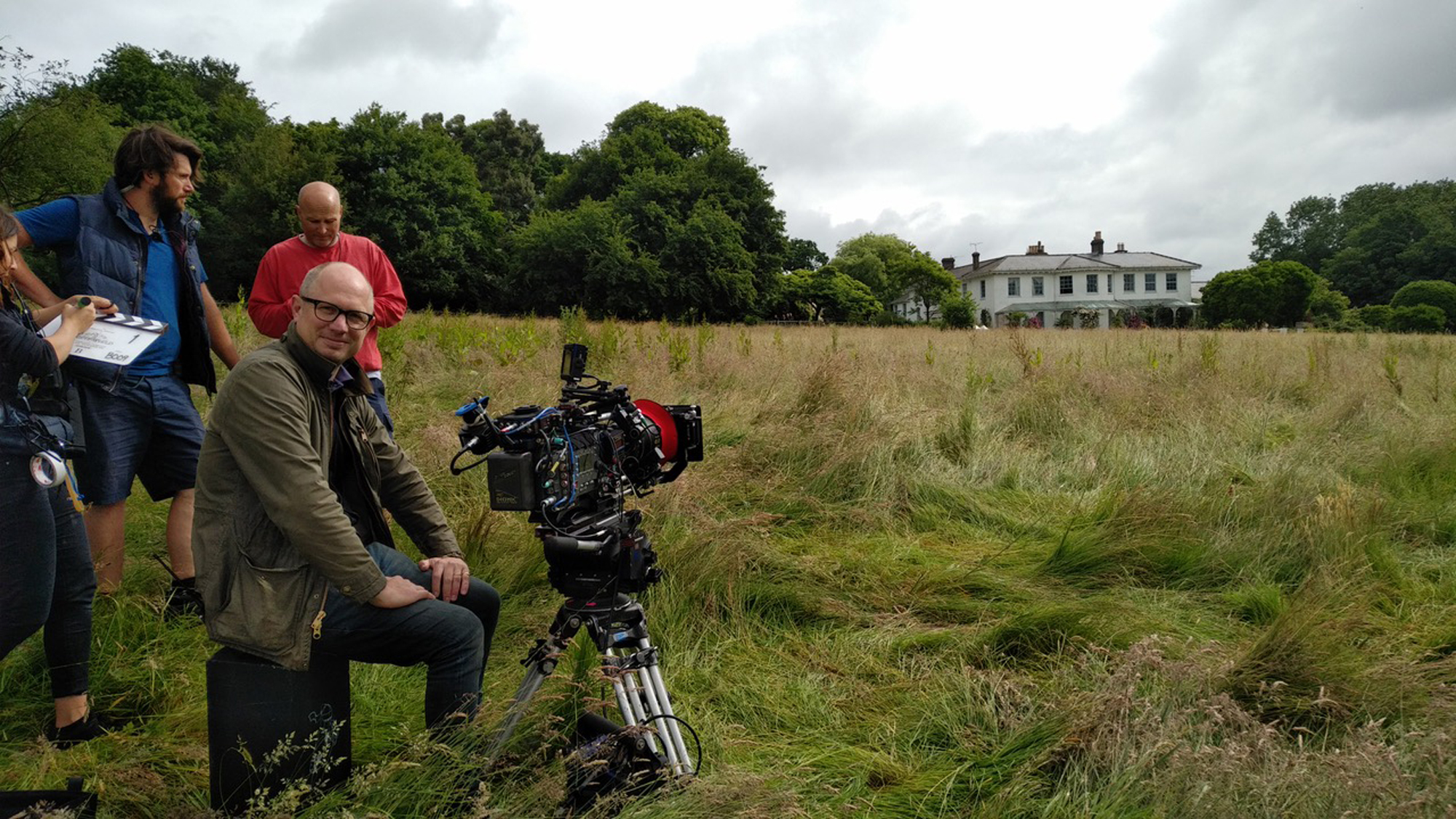
Nicholson and his A-camera/Steadicam operator, Iain MacKay, operated the two Alexas, going for all sorts of different camera movement. From the start, Iannucci had no desire to make a "period film." Instead, he wanted all aspects to feed into the idea that everything is at all times fluid and changeable, reflecting the busy mind of the energetic author at the centre of the film.
"This meant that we were free to use the camera however we wanted," says Nicholson. "We weren't obliged to have to be at a certain height, politely wafting the camera around on the end of a crane, which is just one great way to make film. I'm not criticising it, but we could be handheld, we could be energetic, following the dialogue like an enquiring mind. We could look for interesting ways to move the story forward that communicated the spirit of the book without being beholden to a certain idea of a period look."
And indeed, Nicholson and the camera and design teams had their work cut out for them with a 160-page script that incorporated inventive and unique scenes from Iannucci involving fly-away walls, storms inside rooms, characters popping in and out of moments, and - because Iannucci loved to do things for real - as few VFX as possible.
"Wherever we could we would look for interesting ways to achieve effects in-camera," says Nicholson. "As Copperfield is writing and he conjures up the characters from his memory we see them appear as he does in the mirror in front of him. We returned to the old Pepper's Ghost technique using mirrors carefully angled and the other actors in a second room beyond, at right angles."
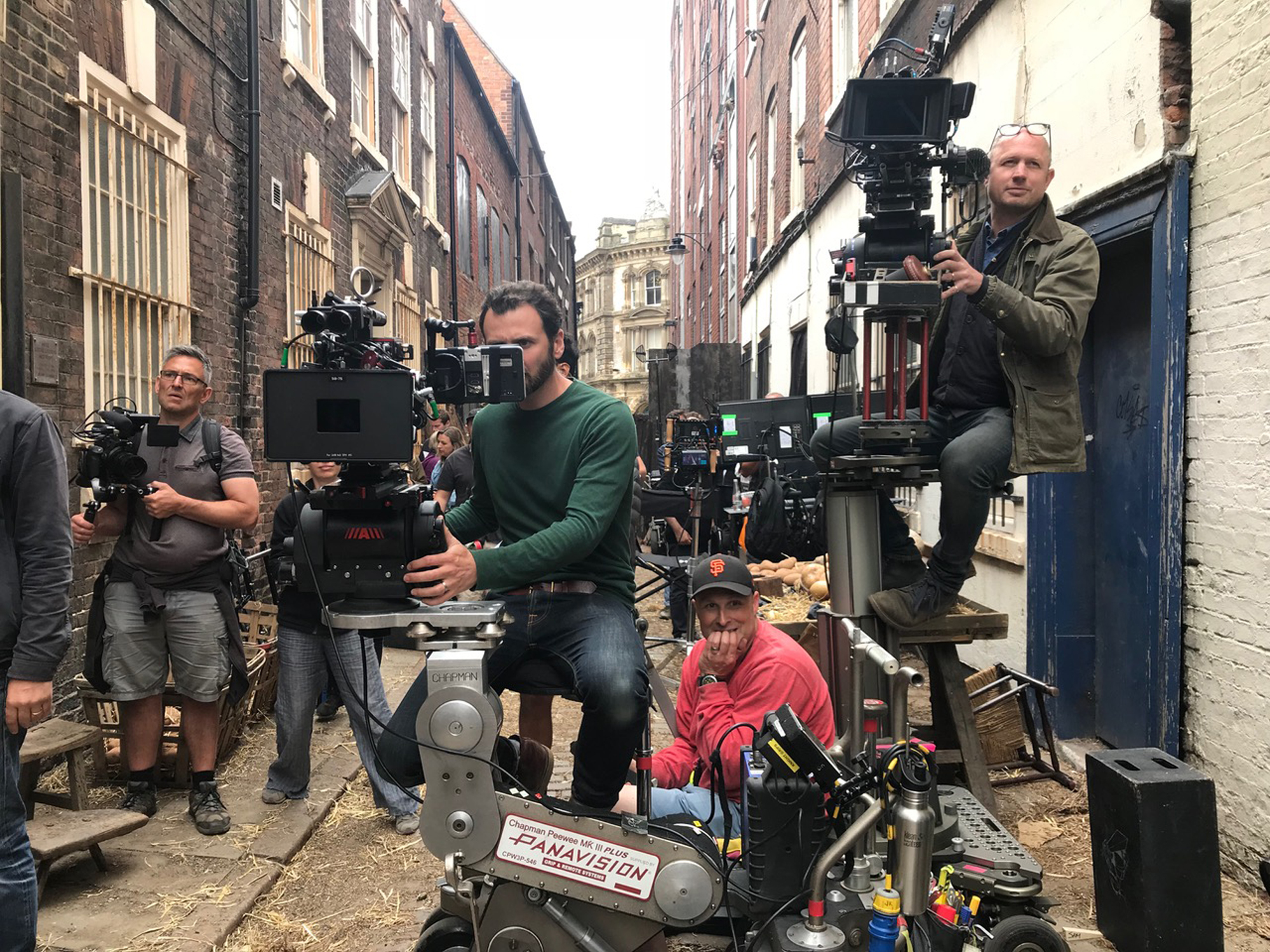

So much of the film is about stories being told from different perspectives in different ways by different people. So, Nicholson and Armando looked for unconventional ideas to reflect that when they were shooting. When Betsey Trotwood (Tilda Swinton) and Mr. Dick (Hugh Laurie) get evicted, their telling of that story is depicted on the wall of Copperfield's apartment as a projection.
"We tried it at first with a projector behind camera showing the previously filmed sequence on the apartment wall and across the actors," says Nicholson. "Armando really liked it, so we refined the method and repeated the idea again in the upturned boat, with the story of Emily (Aimée Kelly) and Steerforth (Aneurin Barnard) leaving, only this time we contrived an excuse for an in-vision, impromptu screen and back projected.

"We were free to use the camera however we wanted... we could be handheld, we could be energetic, following the dialogue like an enquiring mind. We could look for interesting ways to move the story forward that communicated the spirit of the book without being beholden to a certain idea of a period look."
- Zac Nicholson BSC
Another unorthodox idea came with the scene when we find Emily in a decrepit London tenement. The script described the walls of the room being buffeted by a storm. Nicholson, Iannucci and the design team weren't entirely sure at first how they were going to achieve this, but as they got closer, the concept was refined around the telling of Steerforth leaving Emily.
"She's telling her story and in that moment we visualise her telling of it as one of the walls is blown away by the impending storm to reveal Steerforth on a horse in a field in France as she remembered him but this time addressing her directly in the tenement room," explains Nicholson.
"We took part of the room set to Norfolk and put it on a clifftop so that we could reveal Steerforth on his horse riding away. The scene in the room continues back in Ealing Studios and then we pull the other wall down and look down over the Norfolk cliffs onto the beach where the storm continues to build, the shipwreck not far off. What I love about this scene is that when we are back in the room, although we are not seeing the vacant wall, the effects of the storm continue to blow adding to the drama of the unfolding events."
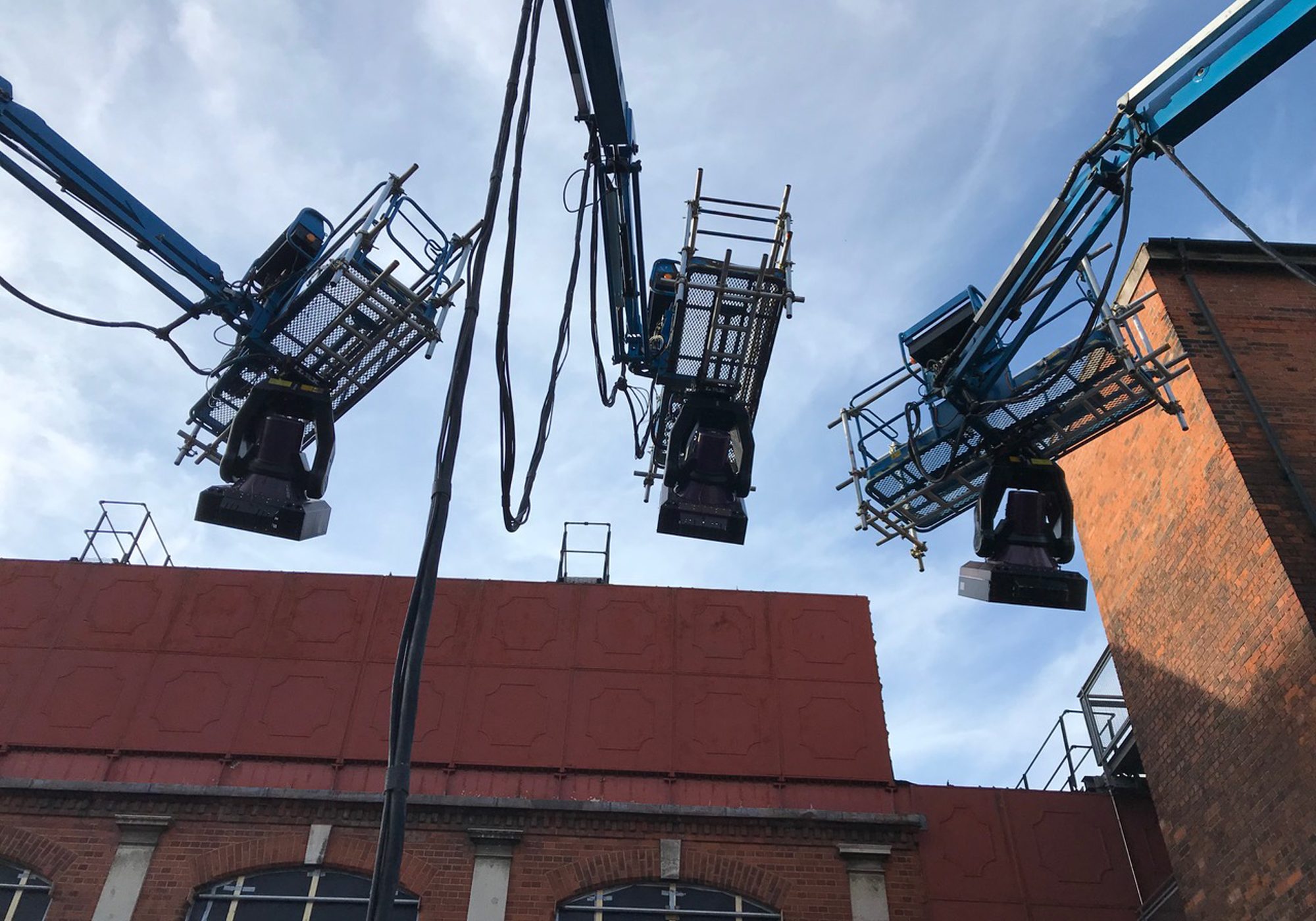
In order to light the many and varied filming locations - around 90 percent of the shoot - it was certainly a challenge for Nicholson and his crew. Although they were trying to avoid the clichés of a period film, they still wanted to keep the light sources appropriate to the time.
Nicholson relied on daylight sources through windows as much as possible, using LRX HMI lights in softboxes outside the windows to both flag the sun and diffuse the lamp and also regularly mix Tungsten and daylight sources. Above the beach in Norfolk, gaffer Harry Wiggins set up two 16-foot-wide TommyBars rigs to deliver soft light over a wide section of shoreline without the need for a diffusion cloth and negating the perennial problem of wind and cherry pickers.
"Filmaking always involves going with the flow to a certain extent," says Nicholson. "Armando's brain is always busy and inventive and like many of the brilliant directors I've been lucky to work with, he isn't always willing to be pinned down. Like every job, you put your trust in the director and you follow them where they lead you. That's what makes it so wonderfully exciting."


